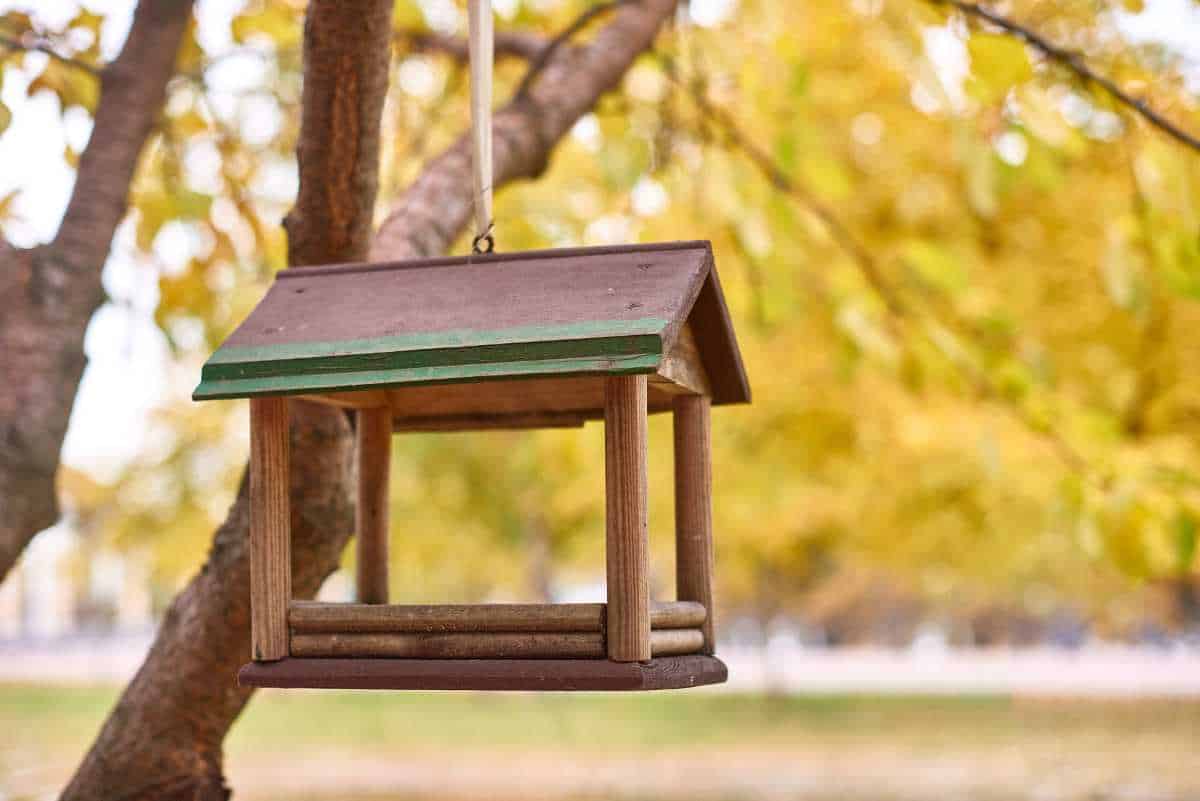Discover 13 reasons why the birds may have abandoned your feeders. Most importantly, steps you can take to reverse it.
We get it. It’s baffling and, let’s admit it, a bit disheartening when the lively bird feeder, once brimming with activity, suddenly turns quiet. That’s right, the birds have abandoned you.
Even though it’s easy to chalk it up to chance or some unknown factor, science, and the natural world usually provide us with more definite explanations. So let’s take a journey into the captivating world of bird behavior, feeder preferences, and environmental factors.
Key Takeaways
- Various factors can lead to birds abandoning a feeder, but by observing and understanding their behaviors, changes can be made to reattract them.
- The relationship between birds and bird feeders is complex, much like a miniature ecosystem. Understanding this can help us attract and keep birds visiting regularly.
- Despite the challenges, maintaining a bird feeder is an opportunity to learn, adapt, and connect with nature. With patience and care, a deserted bird feeder can be revived into a thriving bird hub.
Why Birds Abandon Feeders: A Peek into Miniature Ecosystems
Bird feeders are more than just food stations; they are essentially miniature ecosystems. Like any thriving community, they have their dynamics, drama, and quirks.
Observing the goings-on around a bird feeder can give us fascinating insights into the world of birds. We’ll learn about their food preferences, social behavior, and even their ‘politics.’
And while you might see only an empty feeder, we assure you there’s much more to it. Let’s crack this code together!
Possible Reasons for Abandonment
There are 13 common reasons birds will abandon a bird feeder. They are:
- Food type changed
- Food quality changed
- Location is unsafe
- Competition from other birds
- They’re nesting
- Seasonal changes & migration
- Filthy feeder
- Natural food is abundant
- There’s a new feeder in town
- Feeder is empty
- Squirrels
- Predation
- Filthy birdbath
#1: Change in Food Type
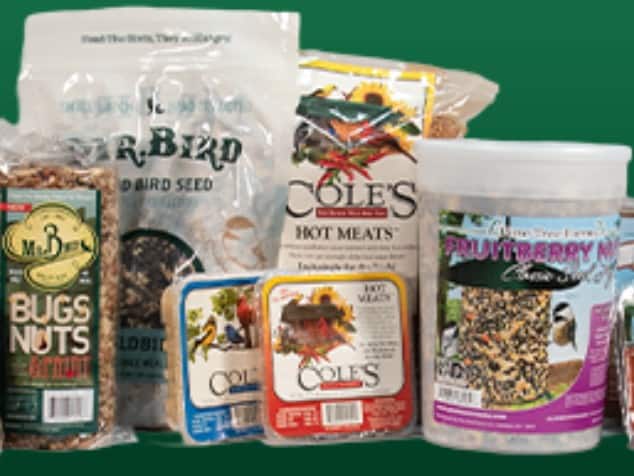
If you’ve ever offered mealworms to a finch, you’ll likely have noticed they simply don’t care. Different species of birds have different diet preferences, and altering the menu abruptly might not be appreciated – at least not by everyone.
If the food you’re providing doesn’t align with the tastes of the local birds, your feeder might face a boycott.
What to do about the change in food Type
The most obvious solution is to revert back to the food you were offering when the birds loved our feeder.
If you’re interested in a greater assortment of species, offering a variety of food options can be a game-changer. Birds, like us, enjoy a good variety in their diet. So, by providing a mix of seeds, nuts, fruits, and suet, you can cater to different species and their distinct tastes.
#2: Change in Food Quality
Similar to food type, equally important is the quality of the food. Serving stale or moldy seeds is just as bad as serving the wrong type and will result in bird feeder abandonment. Even worse, moldy food could make the birds sick.
What to do about poor bird food quality
Keep it fresh, and keep the birds healthy!
Your food offerings should be fresh and clean so they’re safe for birds. Store the food in air-tight containers such as small stainless trash cans, for ultimate freshness.
Nectar should be refreshed every few days.
#3: Location is Unsafe
Think about the peace of a secluded picnic spot versus the tension of dining in the middle of a busy street. Location matters!
The position of your bird feeder can significantly affect its appeal. If it’s too exposed, birds may feel unsafe so won’t take the risk and instead move to a safer place.
On the other hand, if it’s too hidden, birds might struggle to find it. Strike a balance between accessibility and safety to make your feeder an enticing destination for the birds in your area.
What to do about an Unsafe Location
Finding the perfect spot for your bird feeder might need a bit of trial and error. Make sure it’s in a quiet, safe area but still within your view (because birdwatching is half the fun!).
If you can place it near shrubs or trees, even better. This gives birds a safe refuge in case they sense danger while they’re feeding.
#4: Competition from other birds
Your backyard bird feeder is a mini-community of the wild world around us. Larger, aggressive birds like grackles and Blue Jays might bully smaller ones like chickadees and goldfinches away from the feeder.
At least it looks like bullying to us, but according to the Cornell Lab of Ornithology, what we’re actually seeing is the unspoken pecking order.
To get their share of food and be safe in a group, the birds must either please, evade, or occasionally face off with more assertive birds.
With help from many birdwatchers, scientists have created a list. This list ranks 136 North American bird types based on their feeding competition at bird feeders. As you may have guessed, Blue Jays and Grackles are at the top of the list!
What to do about competition from other birds
One of two simple solutions will ease the competition from other birds.
- Install additional feeders and fill each one with different food. For example, a thistle feeder for the finches and a whole peanut feeder for the jays will allow both species to dine in peace.
- Do not offer foods the larger birds love. For example, Blue Jays don’t eat safflower or thistle so by offering only these foods they’re less likely to visit.
#5: They’re Nesting
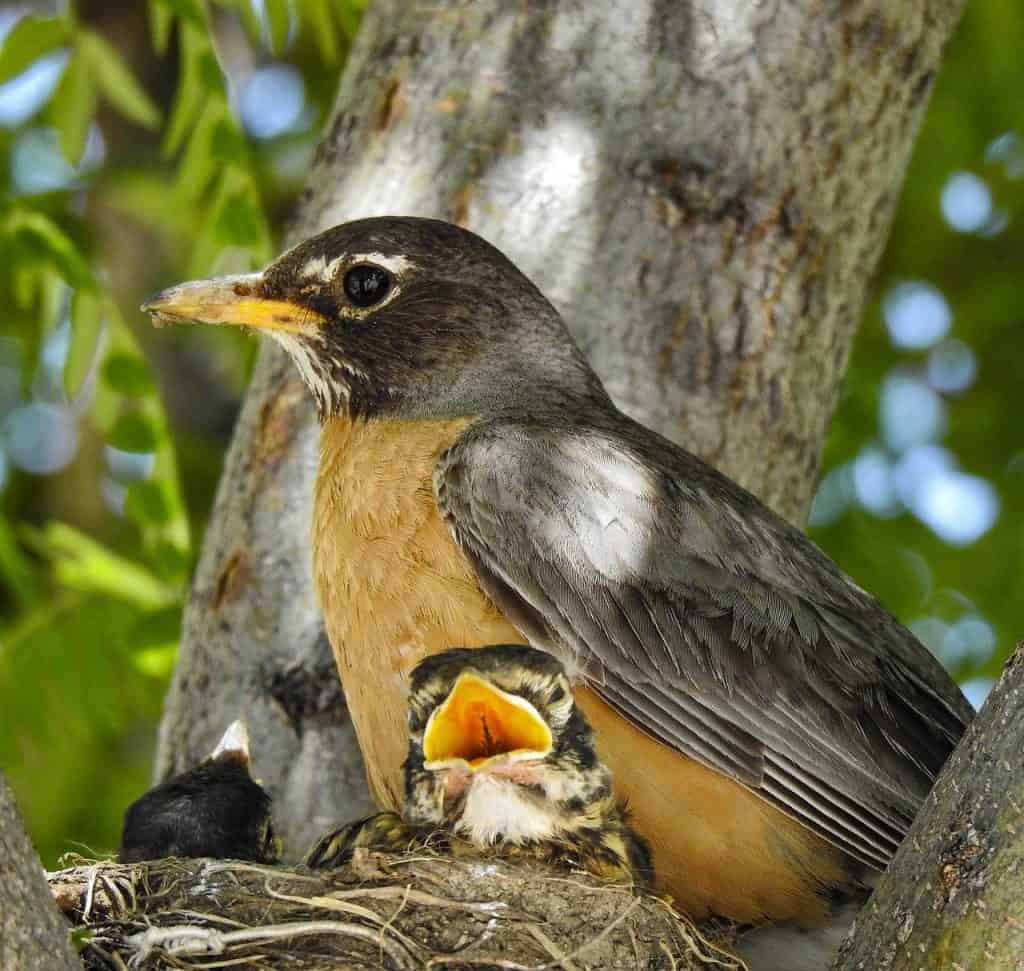
During the nesting season, wild birds are focused on bird sex, building nests, laying eggs, incubating the eggs, feeding/caring for the nestlings, and teaching the fledglings.
So while you think they have abandoned the feeder, they’re just busy, busy, busy, especially the species that have multiple broods each season.
In addition, parents primarily feed their young insects so during the nesting season their preferences have switched to more insects, less birdseed.
What to do about nesting birds
Offer insects at the feeding station.
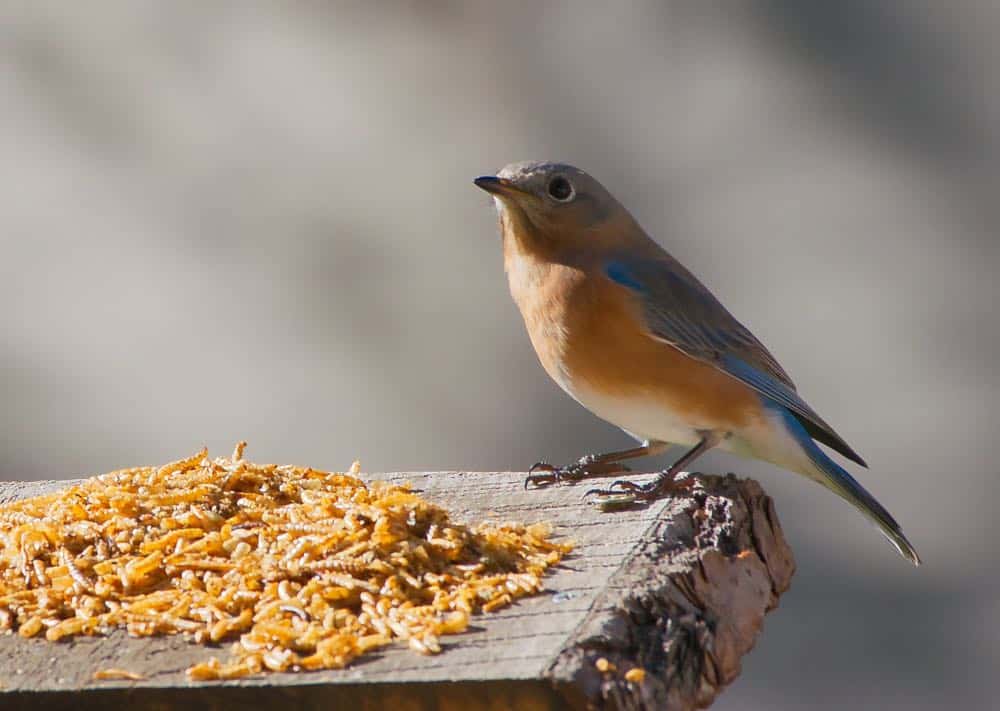
Many bird species will eat mealworms and feed them to their babies. Mealworms are easy to buy and offer. Just make sure you put them in a container with sides, otherwise, they’ll climb out!
#6: Seasonal Changes & Migration
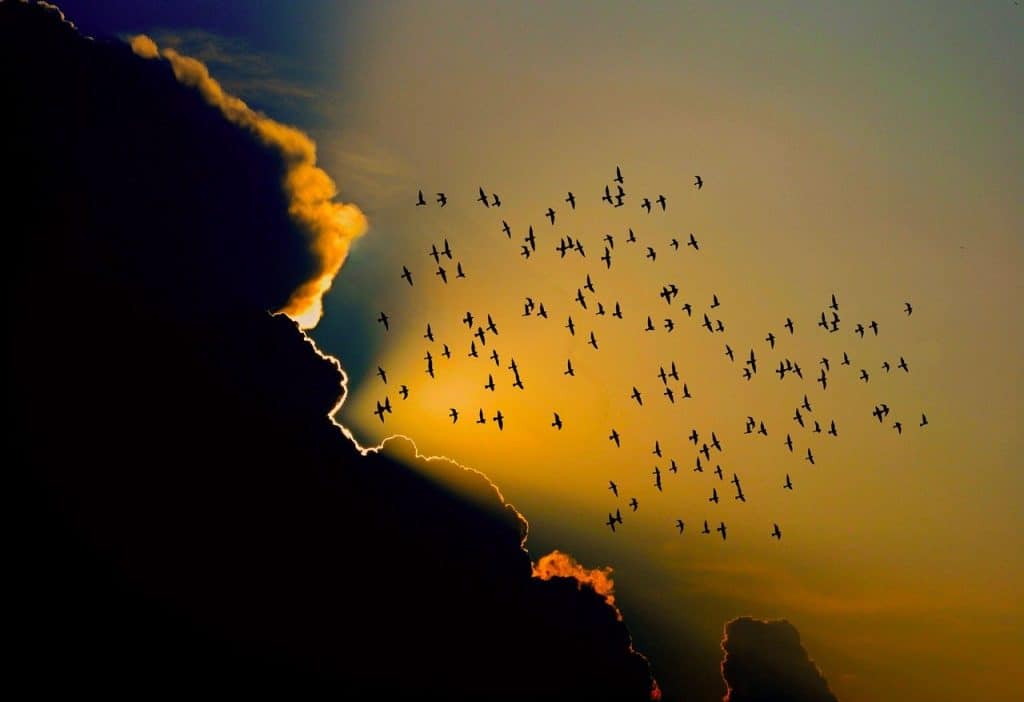
Birds are creatures of habit, but they’re also creatures of change. Their habits evolve with the changing seasons. When berries and insects are abundant, they might give your feeder a miss.
And we shouldn’t overlook the birds’ own form of world travel – migration.
Your regulars might leave for months, only to return when the conditions are right. So keep your feeder stocked and ready, even if it seems like your guests have flitted off on a long vacation.
What to do about seasonal changes
Bird feeding isn’t just a summer activity. Birds need food all year round, and each season brings its own bird feeder patrons. For instance, suet is a great winter food offering, while fruits might be more popular in summer.
Proactively learn which species in your area migrate and which ones stay for the season. Knowing when they leave and when they return is also important information for feeder menu planning.
So, don’t be disheartened if your feeder sees less action during migration season. Keep the welcome mat out; your winged friends will be back!
#7: Your Feeder is Filthy
Your bird feeder isn’t just a food source; it’s a place where birds congregate. And wherever there’s a crowd, cleanliness becomes crucial.
Check out any birdwatching Facebook group and you’ll encounter p l e n t y of filthy feeders. Closeup photos of impressive birds perched on black feeders. Black from mold!
An unkempt feeder can harbor harmful pathogens, which can cause diseases among birds. It’s crucial to maintain your feeder, not just for the sake of keeping it attractive, but also to ensure the health and safety of your feathered visitors.
This is especially true for nectar-feeding birds like hummingbirds and orioles. Homemade nectar (sugar water) becomes moldy quickly. In the hot summer months, mold can form within days.
What to do about filthy feeders
Clean them, of course! Cleaning might seem like a chore, but it’s crucial for a successful bird feeder. A clean feeder is not just more attractive to birds; it also helps prevent the spread of diseases.
As a rule of thumb, the CDC (Center for Disease Control) recommends cleaning feeders every 2 weeks with hot soapy water and a 10-minute soak in diluted bleach water (1 part bleach to 9 parts water). Rinse well!
For nectar feeders, be sure to clean more often – especially in summer. Mold can and will develop within days.
Sidenote: I find the easiest feeders to clean are made from recycled plastic rather than wood.
#8: Natural food is abundant
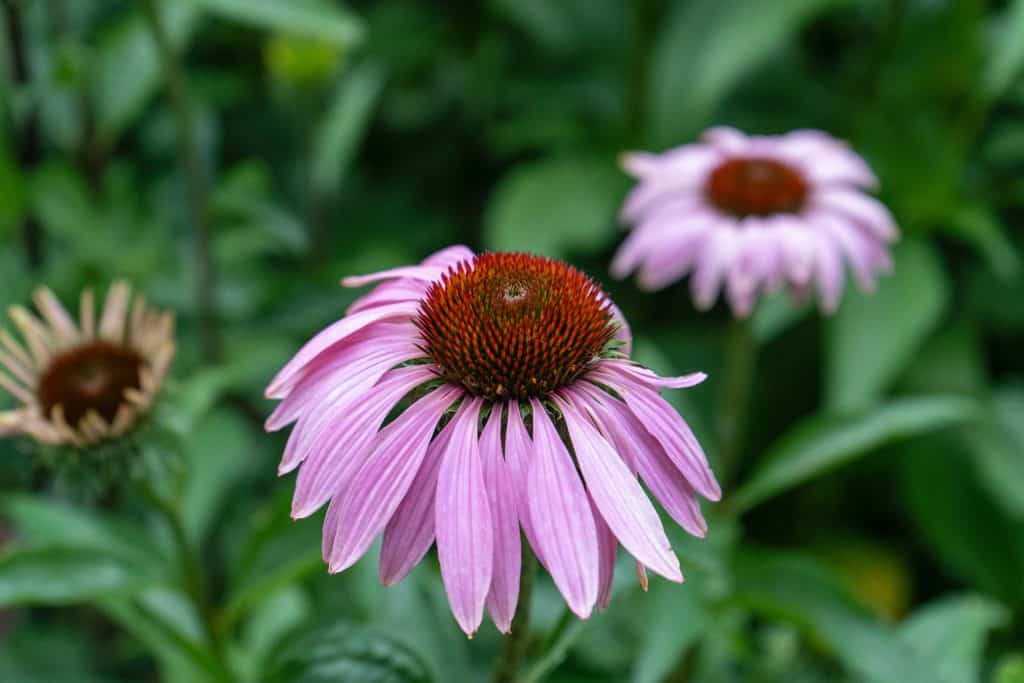
Natural food is abundant in the summer and fall. Given the choice between fresh, organic, tasty berries and seeds still on the plant and your bird feeder… Well, which would you choose?
What to do about Natural Food in Abundance
If you can’t beat ’em, join ’em! Plant your own natural bird food sanctuary. Here’s how:
First, determine the type of birds you want to attract.
Next, learn which natural foods those species prefer.
Finally, find out the plants that will grow well in your area.
For example, I want finches in my yard year-round. They love thistle so I have coneflowers (Echinacea ) growing in several places. In the fall their seeds are ripe for the pickin’ and finches love them!
#9: There’s a new feeder in town
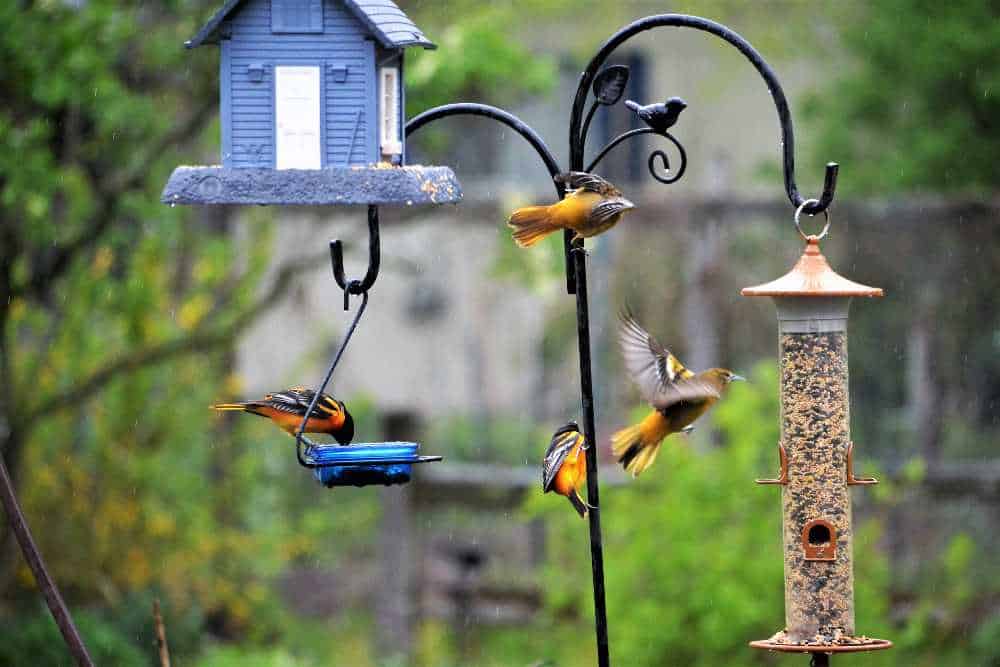
When a new family moves into town and lays out a virtual bird food buffet, your single feeder of striped sunflower may become less appealing. Why have a striped sunflower seed lunch when you can have suet, peanuts, black-oil sunflower, fresh fruit, thistle, safflower, and nectar meal?
What to do about it
Kick it up a notch! Offer at least what the competition has available and maybe even more. More feeders and more variety dramatically increase your chances of winning the birds back.
#10: The feeder is empty
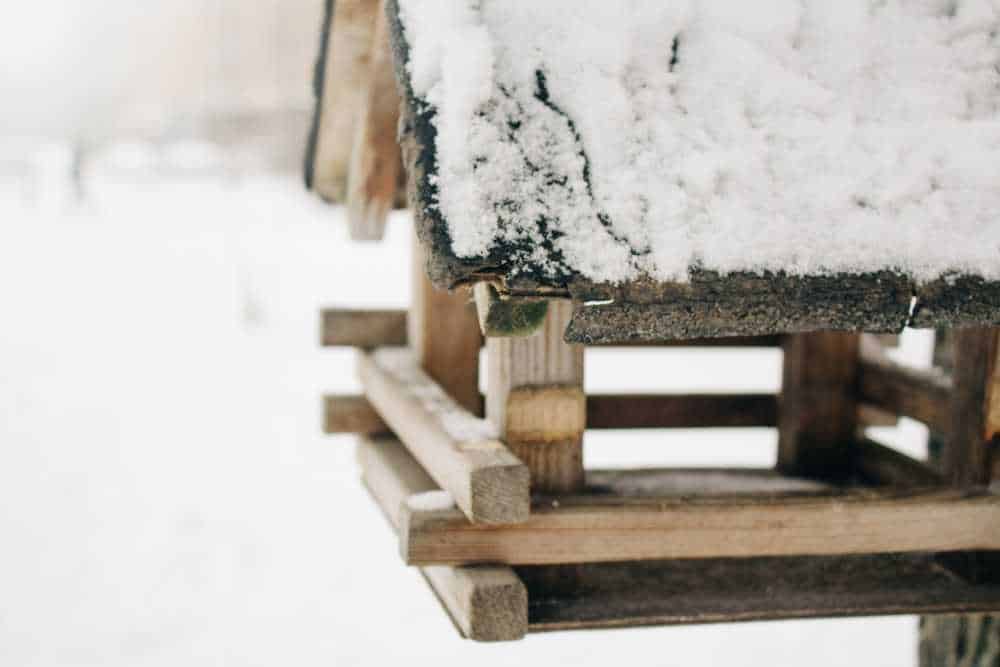
Wild birds become used to finding food at your feeders. If you keep them filled regularly, birds are more likely to visit often. However, if they remain empty for a while, birds will start looking for food in other places.
It’s important to note the birds will not starve if your feeders go empty. In this case, they’ll find their food naturally, perhaps traveling further than they normally would. Or they’ll visit your neighbor’s feeder 😉
What to do about empty feeders
Fill your feeders and keep them filled regularly.
If you go on vacation, ask a neighbor or friend to fill your feeders. If you’re really concerned about it, get an auto feeder. Auto feeders are large-capacity feeders that automatically dispense food throughout the day.
#11: Squirrels
If you’ve been feeding birds in your yard for more than a minute you know what a problem squirrels can be. After all, they’re hungry too! Many of the foods you offer the birds are also squirrels’ favorites.
The problem is squirrels are hogs and will snarf up all of the food leaving nothing for the birds. Also, the mere presence of giant rodents on the feeder will cause feeder abandonment in a hurry.
What to do about the squirrels
If you find yourself feeding more squirrels than birds, consider a bird feeder pole with a baffle. When installed 10 or more feet from the nearest tree (squirrels can jump you know!) you’ll be sure to send the squirrels packing!
There are also squirrel-proof feeders on the market that are very effective. The weight of the squirrel closes the feeder ports but stays open for light birds.
#12: Predation
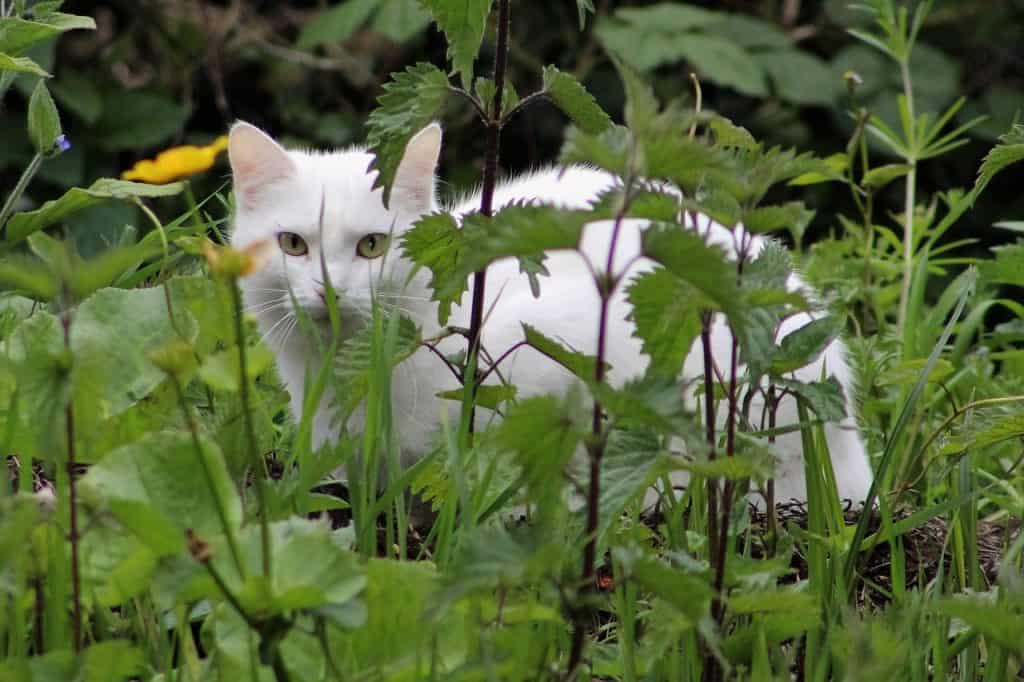
Even in the peace of your backyard, survival instincts play a role. Predators, like cats, and even larger birds (hawks), can scare away smaller ones.
You may not see the Coopers or Sharp-Shinned hawks lurking, but they are there and your feeder is a virtual buffet for them.
Domestic cats, especially feral cats, kill billions of wild birds each year. These are billions of unnecessary deaths.
What to do about predation in your yard
If it’s your cat, keep it indoors. If there are feral cats in your area, implement ways to deter them such as scattering citrus peels around the feeder.
Better yet, take them for a ride to the nearest humane society for a free spay/neuter to prevent future feral cats.
As mentioned earlier, plenty of shrubbery near the feeder helps birds to quickly hide from predators.
#13: Filthy Birdbath
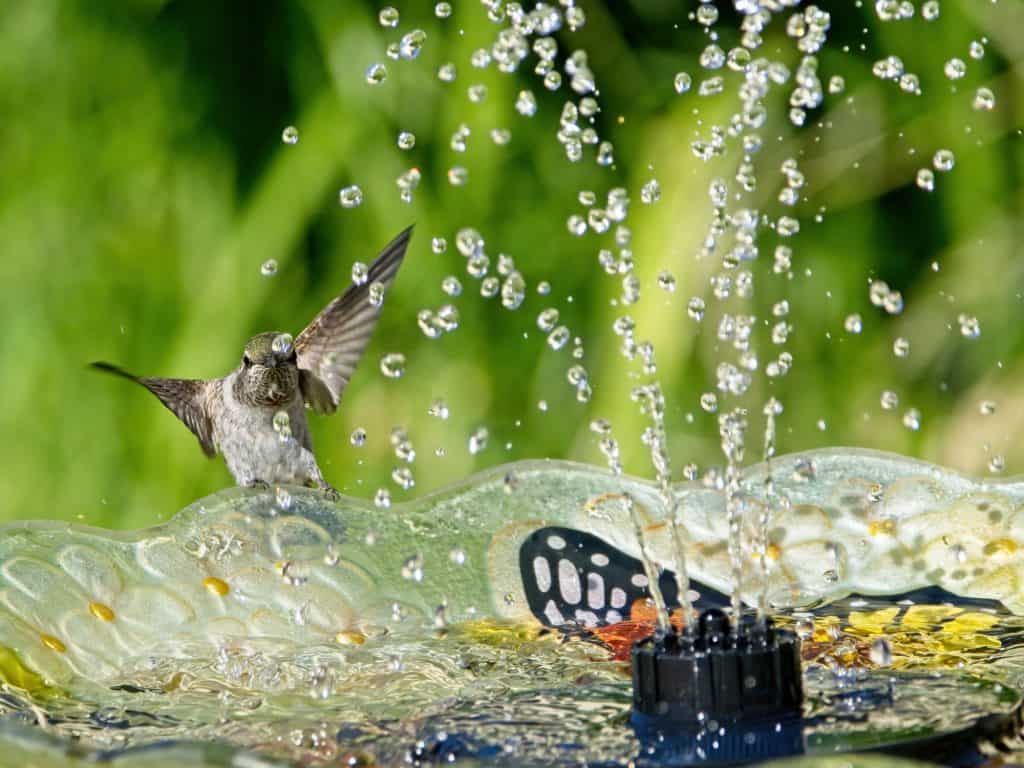
Water is essential for hydration and bathing so birds’ feathers remain healthy. But, they won’t partake if your birdbath is filthy or the water is nasty.
What to do about a filthy birdbath
Fill your birdbath each day with fresh water and clean it every 2 weeks. It’s simple – scrub and rinse it then allow a 1:9 bleach/water solution to sit in it for 10 minutes and rinse thoroughly. While soaking in bleach I like to cover it with a trash bag so no wildlife is tempted to visit it.
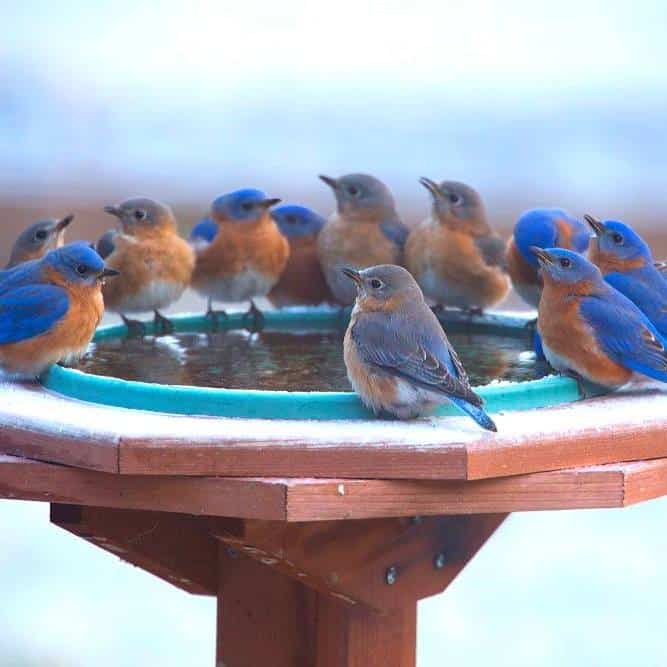
Water in the winter? You’ll be amazed at how popular your yard becomes with a heated birdbath. Don’t forget to keep it clean too!
Case Study: Success Story of Reviving an Abandoned Bird Feeder
There’s nothing like a good success story to inspire and guide us. Like that of Robert from California, who noticed a drop in hummingbird visits.
He realized his feeder was too close to his house and didn’t provide enough cover. After relocating it closer to his flowering shrubs, the hummers returned!
This just goes to show that understanding bird behavior and making a few changes can help you revive your bird feeder.
Conclusion
An empty bird feeder can seem like a problem, but it’s also an opportunity. An opportunity to learn, adapt, and reconnect with nature in a deeper way.
You’re not just a bird feeder owner; you’re a custodian of a tiny part of the natural world, right in your backyard. With a little patience, observation, and care, you can turn that deserted feeder into a thriving bird hub once again. And when that happens, don’t forget to share your success story with us.
Keep birding, and keep exploring!

